Home>Furniture>Living Room Furniture>How To Baby Proof A Coffee Table
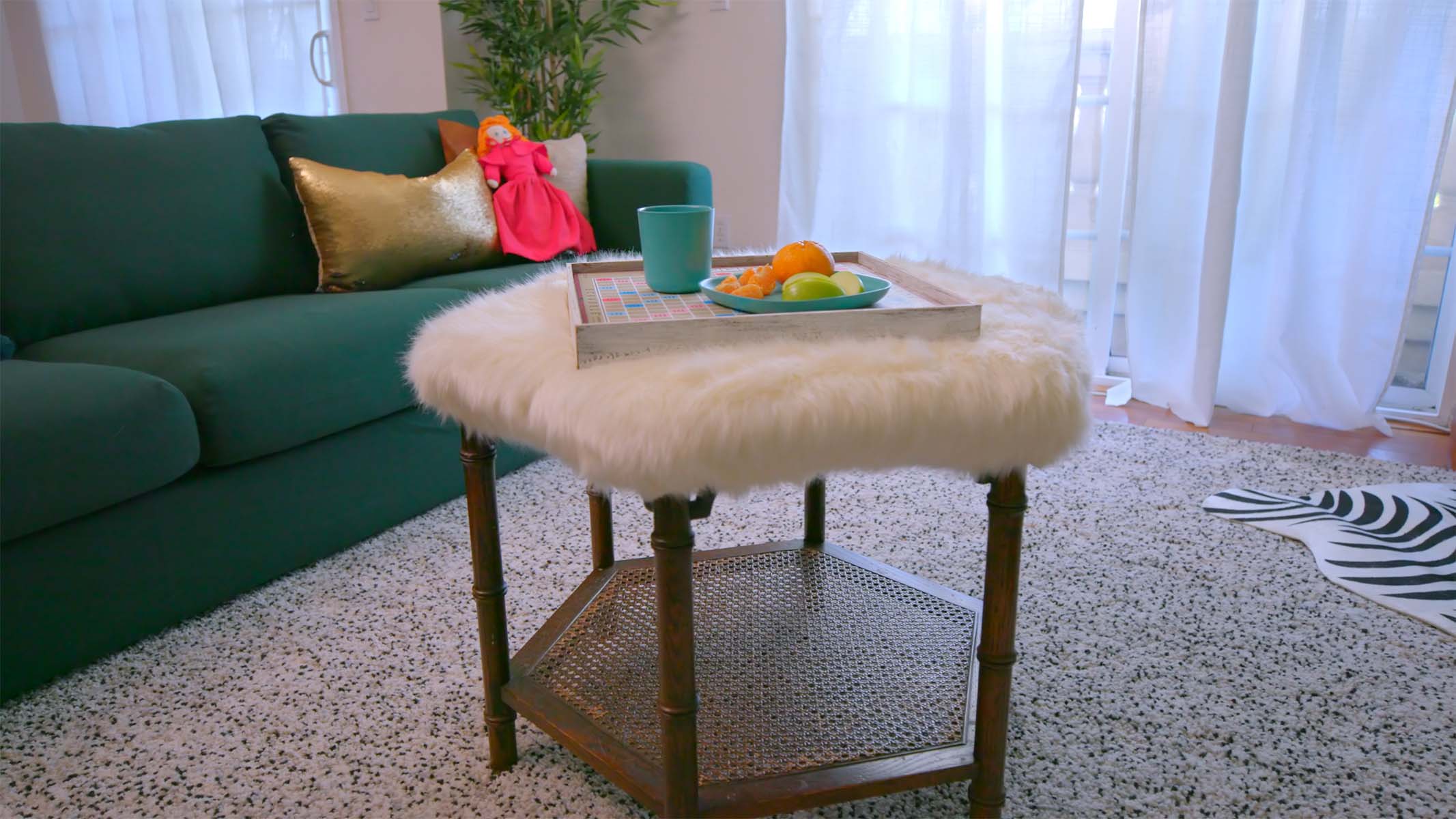

Living Room Furniture
How To Baby Proof A Coffee Table
Modified: October 27, 2024
Learn how to baby proof your living room furniture with our simple tips and tricks. Keep your little one safe around the coffee table.
(Many of the links in this article redirect to a specific reviewed product. Your purchase of these products through affiliate links helps to generate commission for Storables.com, at no extra cost. Learn more)
Introduction
Welcome to our comprehensive guide on how to baby proof a coffee table. As a parent, ensuring the safety and well-being of your little ones is of utmost importance. Coffee tables, while a beautiful and functional addition to your living room, can pose potential hazards for curious and adventurous toddlers. The good news is that with a few simple steps, you can create a safe environment for your child to explore without worrying about accidents or injuries.
In this article, we’ll cover everything you need to know to make your coffee table baby-proof. From choosing a safe coffee table to securing corners, edges, and drawers, we’ll walk you through the process step by step. We’ll also discuss the importance of covering sharp or hard surfaces, anchoring the coffee table to the floor or wall, and keeping accessories and décor out of your child’s reach. By following these guidelines, you can create a safe play zone for your little one while still enjoying the functionality and beauty of your coffee table.
Before we delve into the details, it’s important to note that childproofing is an ongoing process. As your child grows and develops new skills, you may need to reassess and make adjustments to your coffee table baby-proofing strategy. Regularly inspecting and maintaining the safety measures you put in place is crucial to ensure they remain effective.
Now, let’s get started with step one: choosing a safe coffee table.
Key Takeaways:
- Choose a safe coffee table with rounded edges and stable construction to minimize the risk of accidents for your little one. Consider materials like solid wood and built-in storage options for added safety.
- Create a safe play zone around the coffee table by removing potential hazards, securing corners and edges, and keeping accessories out of reach. Regularly inspect and update safety measures as your child grows.
Read more: How To Baby Proof Curtains
Step 1: Choose a Safe Coffee Table
The first step in baby-proofing your coffee table is selecting a safe and child-friendly option. When choosing a coffee table, there are several factors to consider:
- Material: Opt for materials that are child-safe and easy to clean, such as solid wood or rounded edges to minimize the risk of injury.
- Stability: Ensure that the coffee table is stable and sturdy, with a wide base that can withstand the weight of a child who may try to pull themselves up.
- Height: Consider the height of the coffee table in relation to your child’s height. A lower coffee table reduces the risk of accidents if your child climbs or falls on it.
- Sharp corners: Look for coffee tables with rounded or padded corners to prevent injuries from accidental bumps.
- Storage: Consider coffee tables with built-in storage options. This will help you keep small items and hazards out of reach, reducing the need for additional baby-proofing measures.
Once you have chosen a coffee table that meets these criteria, it’s time to move on to the next step: removing potential hazards.
Step 2: Remove Potential Hazards
Now that you have chosen a safe coffee table, it’s important to remove any potential hazards that may pose a risk to your child’s safety. Here are some common hazards to watch out for:
- Small objects: Take a look at what you normally have on your coffee table – remote controls, keys, coins, or small decorative items. These small objects can be choking hazards for babies and toddlers. Keep them out of reach or remove them from the coffee table altogether.
- Electrical cords: If you have any electrical devices or lamps on your coffee table, make sure to secure the cords so they are not accessible to your child. You can use cord organizers or tape them to the underside of the table.
- Fragile items: Fragile items like glass vases or delicate decorations can break easily and cause injuries. Consider moving them to a higher location or replacing them with child-safe alternatives.
- Scented candles: While they may create a cozy ambiance, scented candles pose a fire hazard when left unattended. Keep candles out of your child’s reach or switch to flameless alternatives.
- Tablecloths: Tablecloths can be tempting for little ones to pull on, potentially causing items on the table to fall. It’s best to avoid tablecloths altogether or ensure they are securely fastened to prevent accidents.
By removing these potential hazards, you can significantly reduce the risk of accidents or injuries. Now that your coffee table is hazard-free, let’s move on to step three: securing corners and edges.
Step 3: Secure Corners and Edges
As toddlers begin to explore, they can be prone to bumps and falls. To prevent injuries from sharp corners and edges on your coffee table, it’s important to secure them. Here are some methods you can use:
- Corner guards: These soft, cushioned guards can be applied to the corners of your coffee table to create a protective barrier. They are usually made of foam or rubber and are easy to install.
- Edge bumpers: Similar to corner guards, edge bumpers are designed to soften the impact of bumps. They can be cut to fit the length of your coffee table and are available in various materials, such as foam or rubber.
- DIY solutions: If you prefer a budget-friendly option, you can use household items such as pool noodles or pipe insulation to create your own corner and edge protectors. Simply cut them to size and secure them using adhesive or zip ties.
When applying corner guards or edge bumpers, it’s essential to ensure they are securely attached to the coffee table. Regularly check and re-tighten them to maintain their effectiveness.
Securing corners and edges provides an added layer of protection for your child. However, it’s important to remember that supervision is still crucial to prevent accidents. Now that the corners and edges are secured, let’s move on to step four: locking drawers and cabinets.
Step 4: Lock Drawers and Cabinets
Coffee tables often come with drawers or cabinets for storage purposes. These compartments can be enticing for curious little ones, but they can also pose potential dangers. To prevent your child from accessing hazardous items or getting their fingers caught, it’s important to lock the drawers and cabinets. Here are a few options:
- Childproof latches: Install childproof latches on each drawer and cabinet to prevent your child from opening them. These latches are typically easy for adults to operate but challenging for young children to figure out.
- Magnetic locks: Magnetic locks are another effective option for keeping drawers and cabinets securely closed. They use a magnetic key that opens the lock, ensuring that only adults can access the contents.
- Sliding locks: Sliding locks are simple and inexpensive locks that can be attached to drawers or cabinets to prevent them from being opened. They are easy to install and remove when no longer needed.
When choosing a locking mechanism, consider your child’s age and abilities. Some children may be more adept at figuring out how to bypass certain locks, so it’s important to choose options that are appropriate for their development stage.
Remember to keep the key or unlocking mechanism in a safe place, out of your child’s reach, but accessible to adults. Regularly check the locks to ensure they are working properly and make any necessary adjustments or replacements.
By locking drawers and cabinets, you can prevent your child from accessing potentially dangerous objects or substances that may be stored in your coffee table. Now that you’ve secured the drawers and cabinets, let’s move on to step five: covering sharp or hard surfaces.
Consider using corner guards to cover sharp edges, securing any loose items on the table, and placing non-slip pads underneath to prevent it from sliding.
Read more: How To Baby Proof A Balcony
Step 5: Cover Sharp or Hard Surfaces
Sharp or hard surfaces on your coffee table can pose a risk of injury for your child, especially if they accidentally bump into them. To minimize the risk of cuts, bruises, or head injuries, it’s important to cover these surfaces. Here are some options:
- Tablecloth or runner: Using a soft tablecloth or runner can provide a cushioned surface and protect your child from sharp edges. Make sure it is securely fastened to prevent your child from pulling on it.
- Padded covers: Padded covers specifically designed for coffee tables are available in various styles and materials. They provide a protective layer and can be easily removed for cleaning.
- Foam or rubber padding: Applying foam or rubber padding directly to sharp edges or corners can soften the impact and reduce the risk of injuries. These padding options typically come in adhesive strips or pre-cut shapes for easy installation.
When selecting a cover or padding, make sure it is securely attached and does not pose a choking hazard. Regularly inspect the covering for any wear and tear, and replace it if necessary.
By covering sharp or hard surfaces, you create a safer environment for your child to explore and play around the coffee table. Now let’s move on to step six: anchoring the coffee table to the floor or wall.
Step 6: Anchor the Coffee Table to the Floor or Wall
Anchoring your coffee table to the floor or wall is an important step in ensuring its stability and preventing tipping accidents. Especially if your child tries to climb or pull themselves up on the coffee table, securing it is crucial. Here are some methods to consider:
- Anti-tip brackets: Anti-tip brackets are metal devices that can be attached to the back of the coffee table and secured to the floor or wall. They help to prevent the table from tipping over, even if a significant force is applied.
- Straps or tethers: Straps or tethers can be used to secure the coffee table to a nearby wall or furniture piece. They provide an extra layer of stability and prevent tipping if your child pulls on the table.
- Screw-in anchors: For a more permanent solution, you can use screw-in anchors to attach the coffee table directly to the floor. This method ensures maximum stability but may not be suitable if you frequently need to move the table.
When anchoring the coffee table, make sure to follow the manufacturer’s instructions and use appropriate hardware. Check the stability of the table regularly and tighten any loose screws or bolts as needed.
By anchoring the coffee table, you provide a secure and stable surface for your child to interact with, reducing the risk of tipping accidents. Now, let’s move on to step seven: keeping accessories and décor safe.
Step 7: Keep Accessories and Décor Safe
Accessories and décor can add style and personality to your coffee table, but when you have a curious child, it’s important to ensure these items are safe and out of reach. Here’s how you can keep accessories and décor secure:
- Elevate breakable items:In order to prevent your child from accidentally breaking fragile items, such as glass vases or ceramics, consider placing them at a higher location or moving them to a different area altogether.
- Secure loose items: If you have decorative items that can be easily picked up or moved, consider securing them to the coffee table using adhesive or removable museum putty.
- Use child-safe decorations: Look for child-friendly décor options, such as soft stuffed animals or non-toxic, washable items, that your child can interact with safely.
- Choose non-toxic materials: When selecting decorative items, make sure they are made from non-toxic materials. This way, if your child gets hold of them, you won’t have to worry about any harmful effects.
Remember to regularly assess the placement and condition of the accessories and décor on your coffee table. Remove or replace any items that may pose a risk of injury or ingestion.
By keeping accessories and décor safe, you can preserve the beauty of your coffee table while ensuring your child’s safety. Now, let’s move on to step eight: creating a safe play zone.
Step 8: Create a Safe Play Zone
Creating a designated safe play zone around your coffee table is essential to ensure your child’s safety while allowing them to explore and play freely. Here are some tips for creating a safe play zone:
- Clear the area: Remove any potential hazards, such as furniture with sharp corners, from the immediate vicinity of the coffee table. This will provide a clear and safe space for your child.
- Use a play mat or rug: Place a soft play mat or rug underneath the coffee table to provide a comfortable and cushioned surface for your child to play on.
- Organize toys and play materials: Keep age-appropriate toys and play materials within the safe play zone. This way, your child will have easy access to fun and engaging activities without venturing to other potentially hazardous areas.
- Supervision is key: While the safe play zone creates a controlled environment, it is important to supervise your child at all times. This will allow you to intervene quickly if any accidents or potential hazards arise.
- Teach safe play habits: Encourage your child to play safely by teaching them about the boundaries of the safe play zone and the importance of avoiding climbing or pulling on the coffee table.
By creating and maintaining a safe play zone, you can provide your child with a secure space for exploration and play, while keeping them away from potential dangers.
Congratulations! By following these eight steps, you have successfully baby-proofed your coffee table and created a safe environment for your child. Remember to regularly inspect and update the safety measures as your child grows and develops new skills.
If you have other furniture or areas in your living room that need baby-proofing, be sure to apply similar strategies to ensure the overall safety of your home. Wishing you and your little one many happy and safe moments in your living room!
Read more: How To Baby-Proof A TV Stand
Conclusion
Baby-proofing your coffee table is a crucial step in creating a safe and child-friendly living room environment. By following the eight steps outlined in this guide, you can protect your child from potential hazards and ensure their well-being while still enjoying the functionality and beauty of your coffee table.
From choosing a safe coffee table to securing corners, edges, and drawers, each step plays a vital role in minimizing the risk of accidents and injuries. Removing potential hazards, covering sharp or hard surfaces, and anchoring the coffee table provide additional layers of safety and stability.
It is equally important to keep accessories and décor out of your child’s reach, as well as create a designated safe play zone to encourage exploration while maintaining a controlled environment.
Remember, baby-proofing is an ongoing process. Regularly inspect and update the safety measures as your child grows and develops. Stay vigilant and continue to supervise your child during playtime to ensure their safety.
By taking the time to implement these baby-proofing measures, you can have peace of mind knowing that you have created a safe and enjoyable space for your child to thrive in your living room.
Now it’s time to sit back, relax, and cherish those precious moments with your little one in a safe and secure living room environment.
Frequently Asked Questions about How To Baby Proof A Coffee Table
Was this page helpful?
At Storables.com, we guarantee accurate and reliable information. Our content, validated by Expert Board Contributors, is crafted following stringent Editorial Policies. We're committed to providing you with well-researched, expert-backed insights for all your informational needs.
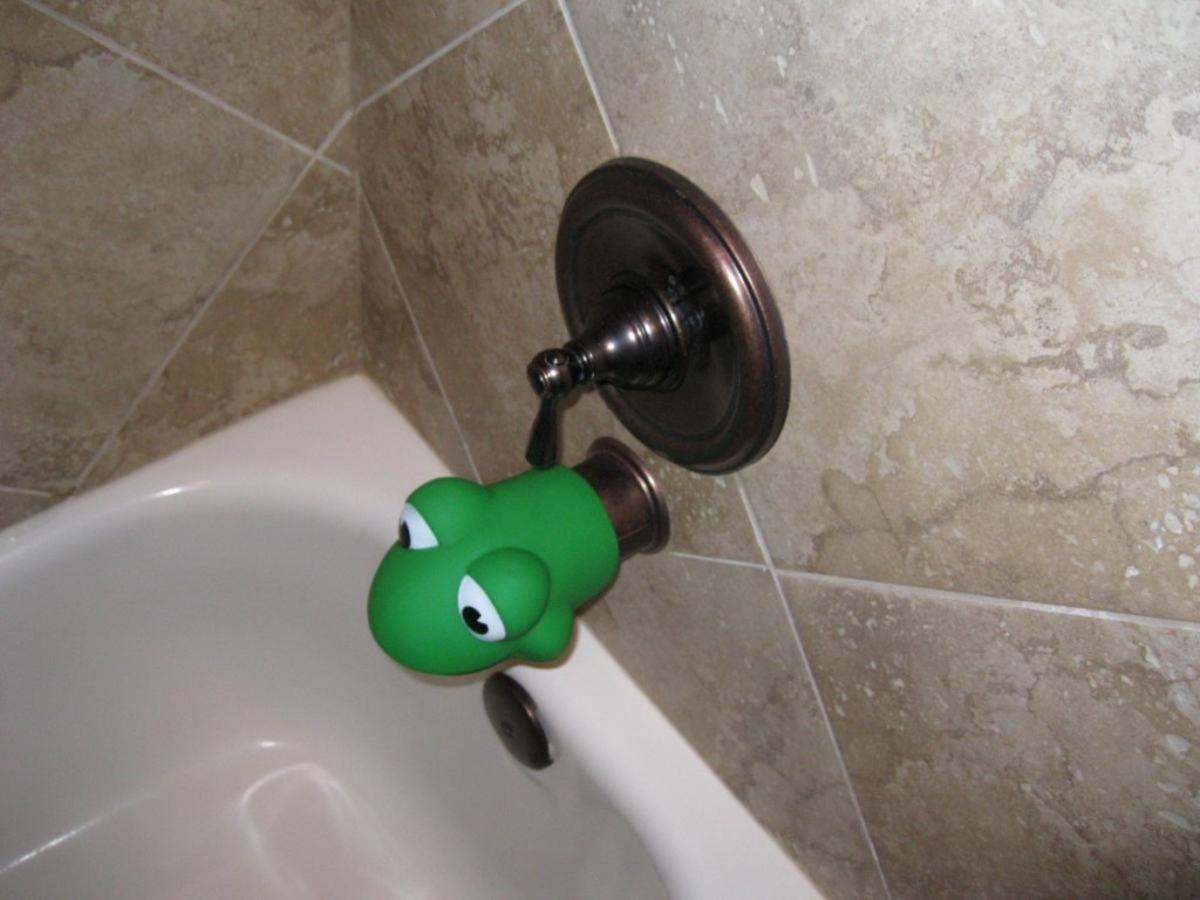
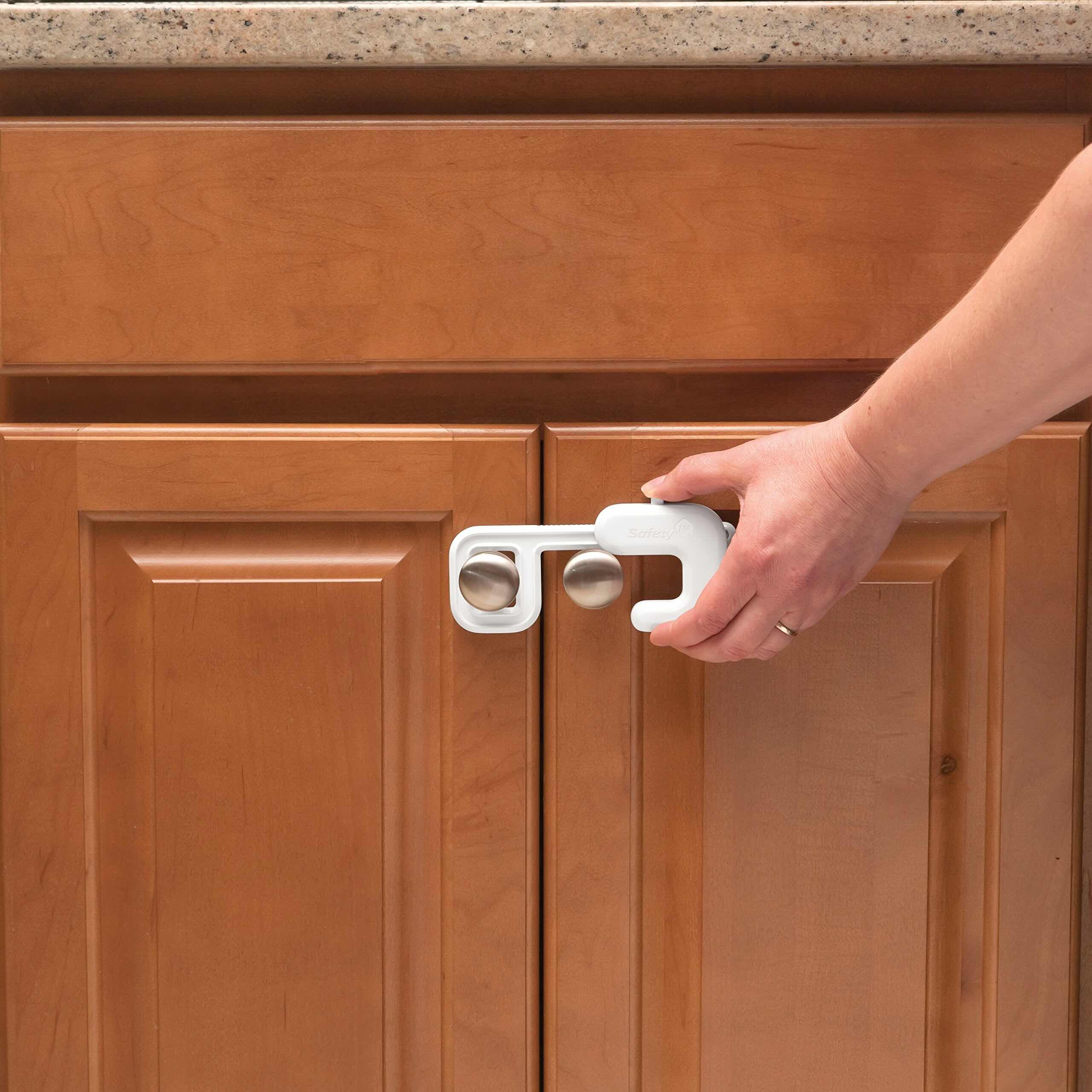
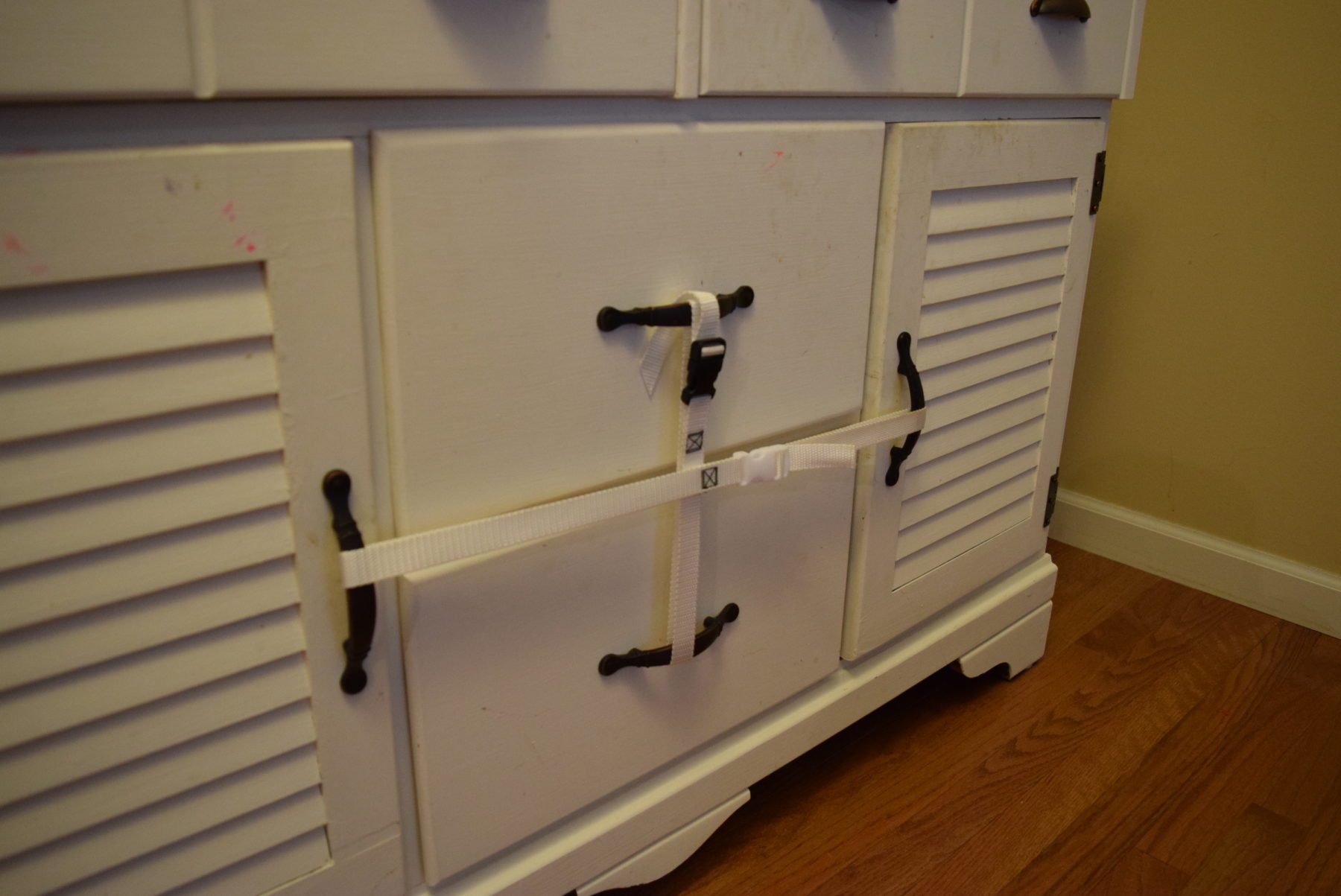
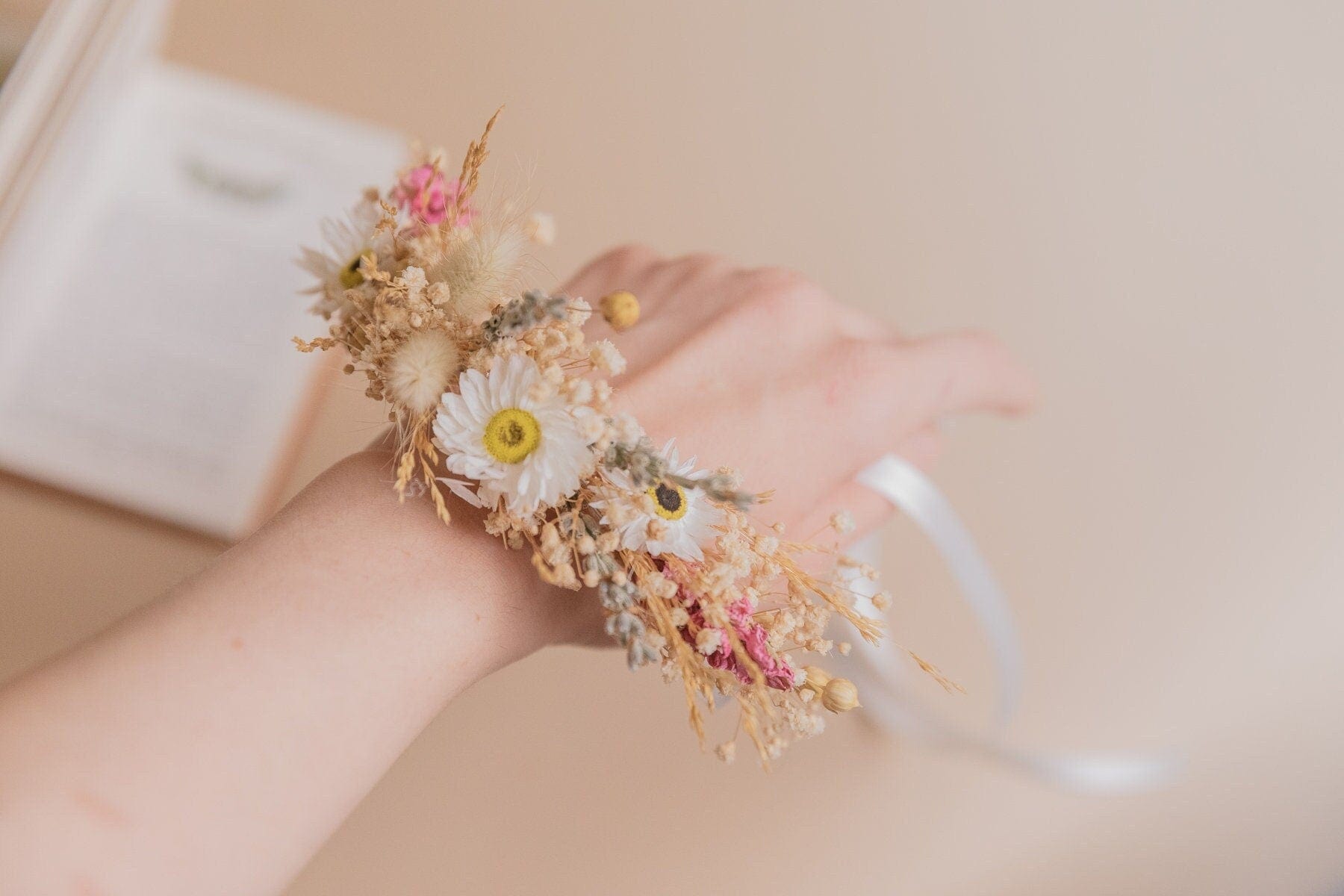
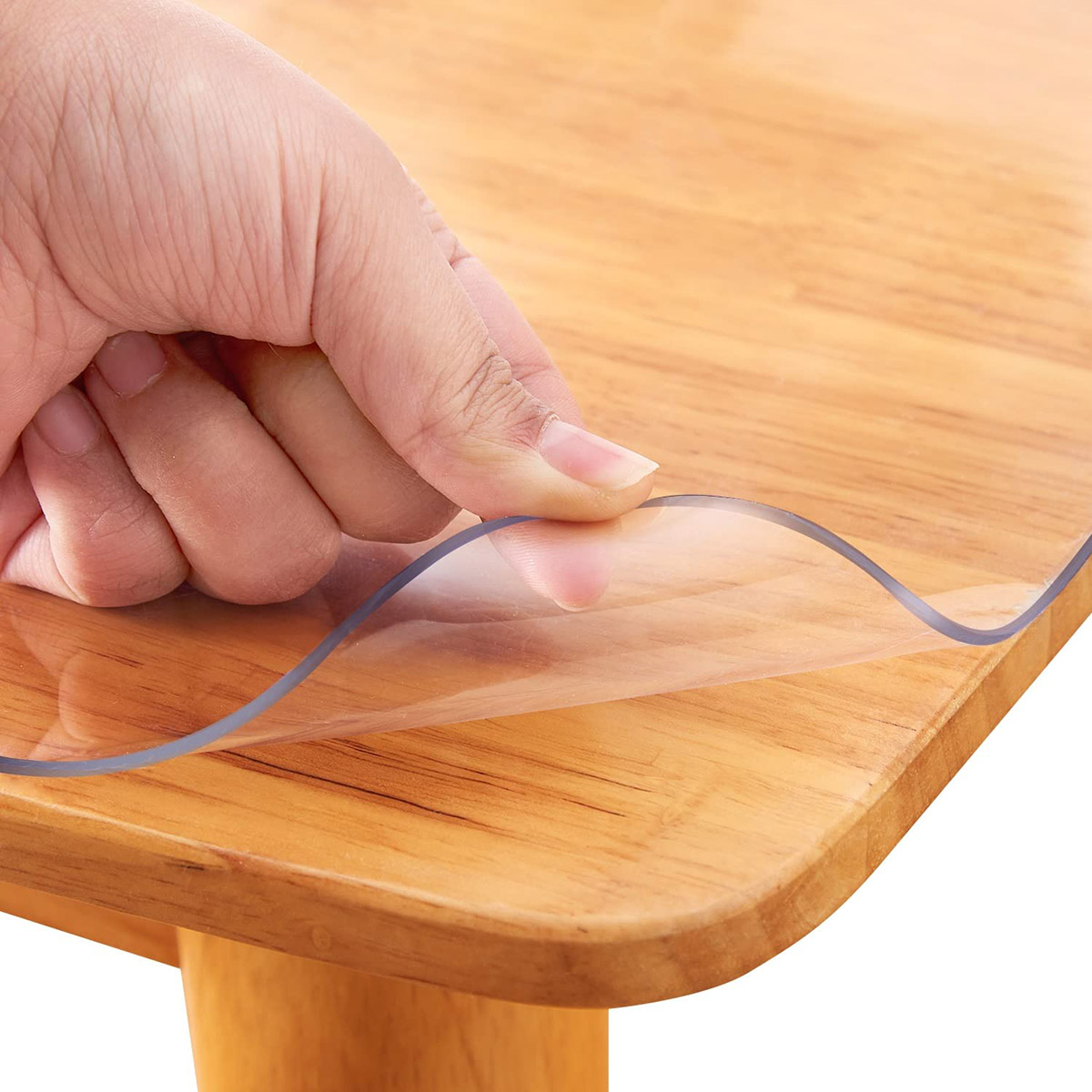
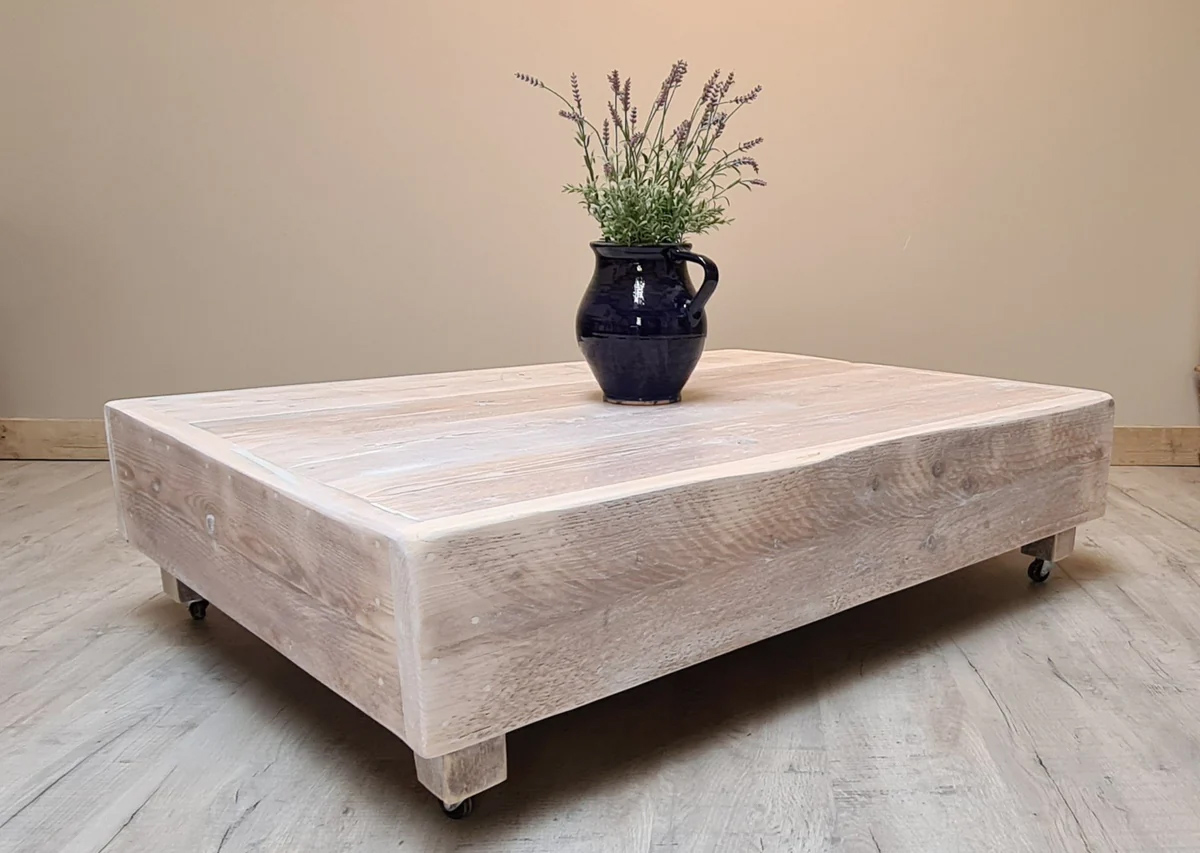
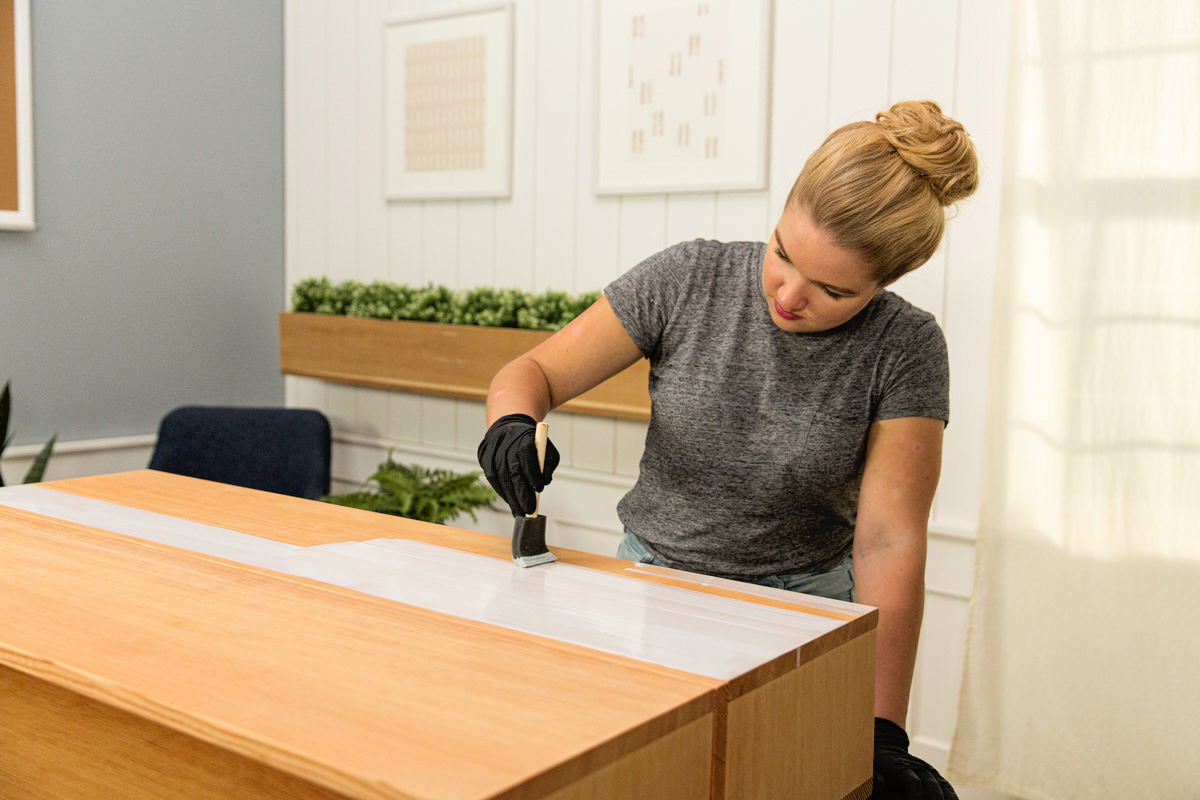
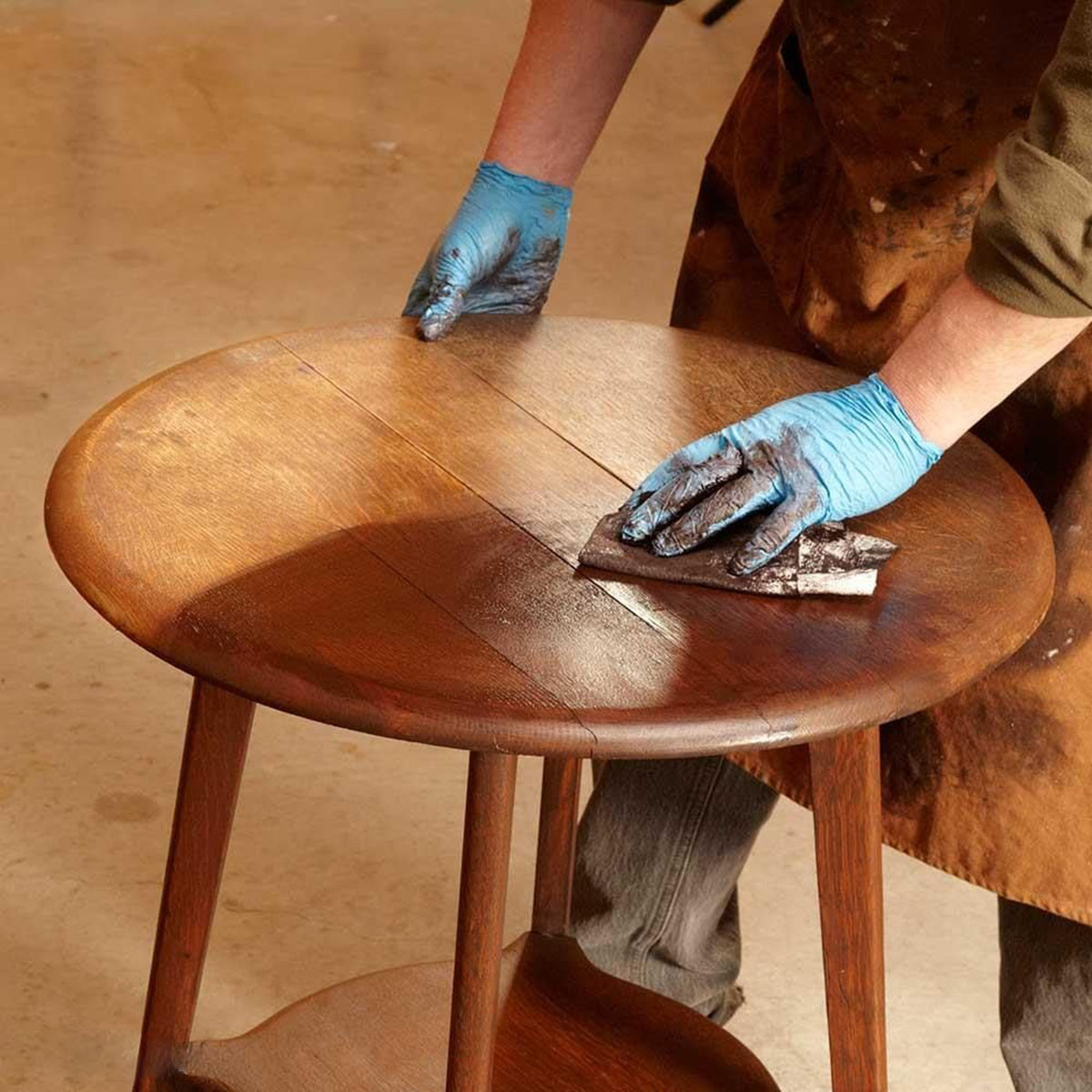
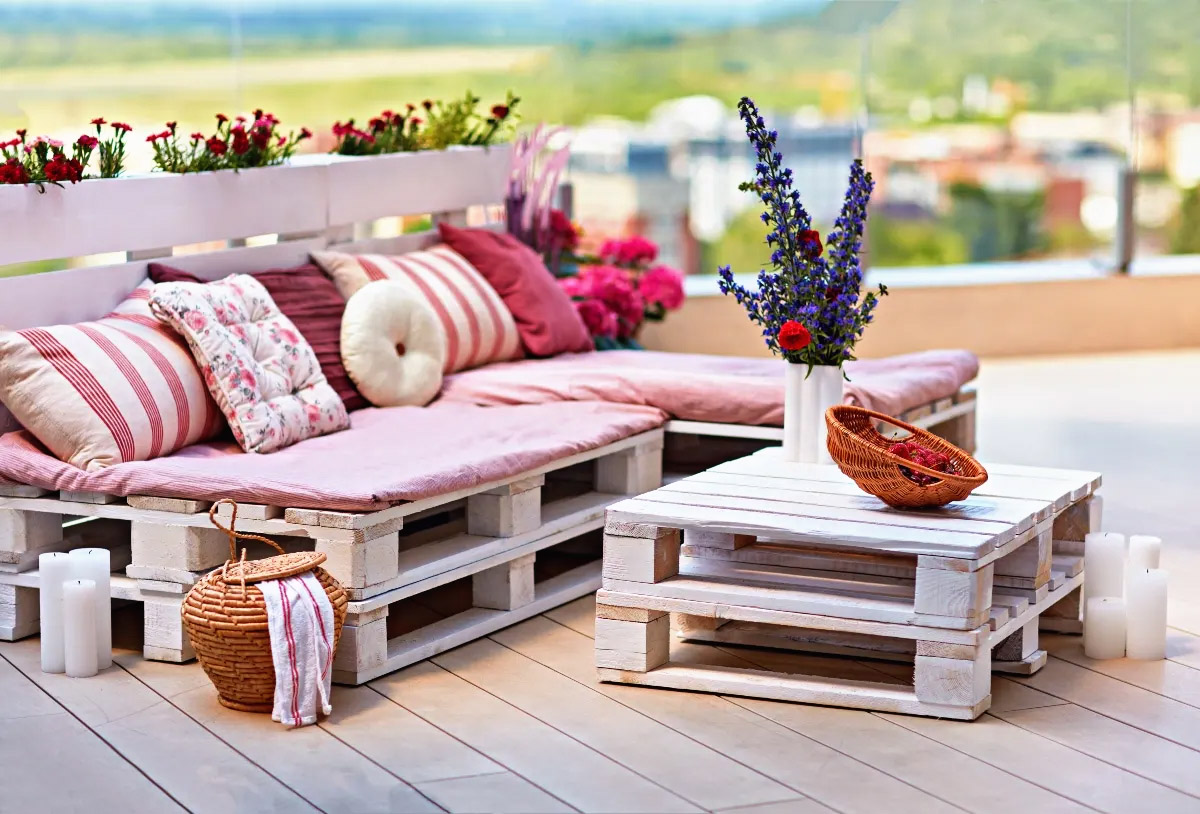
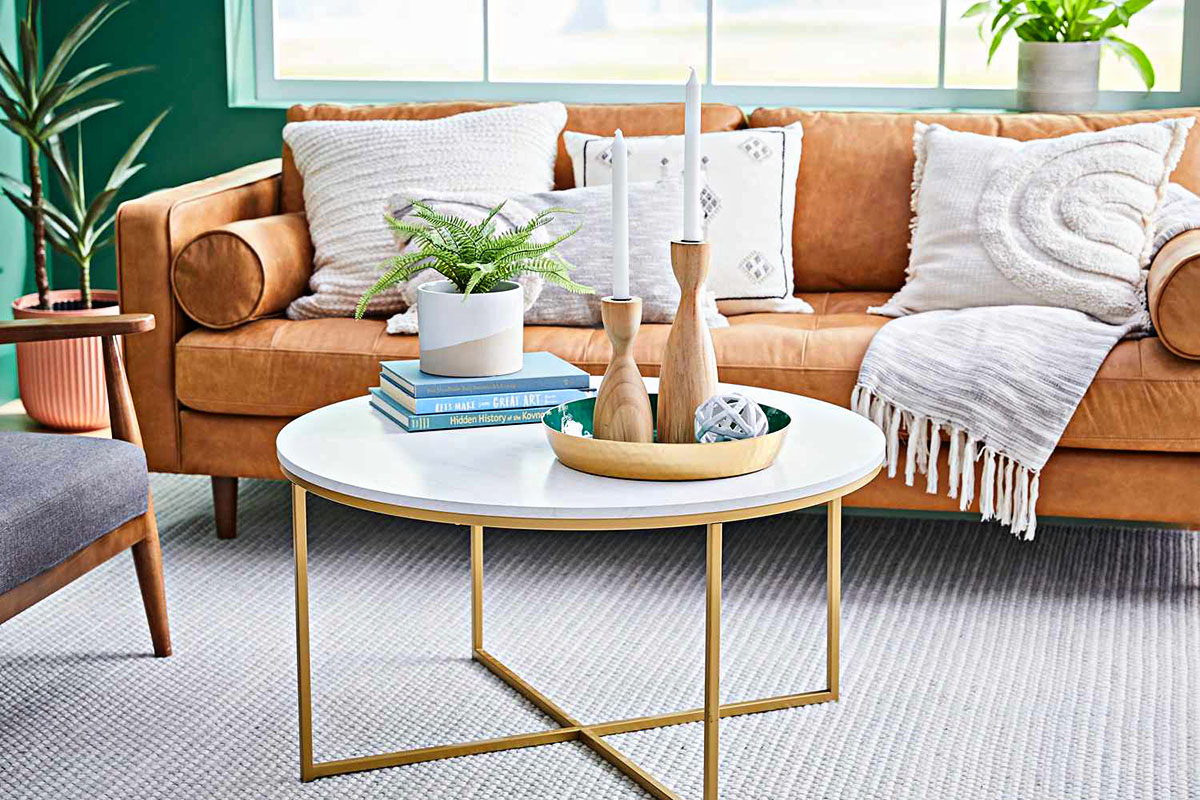
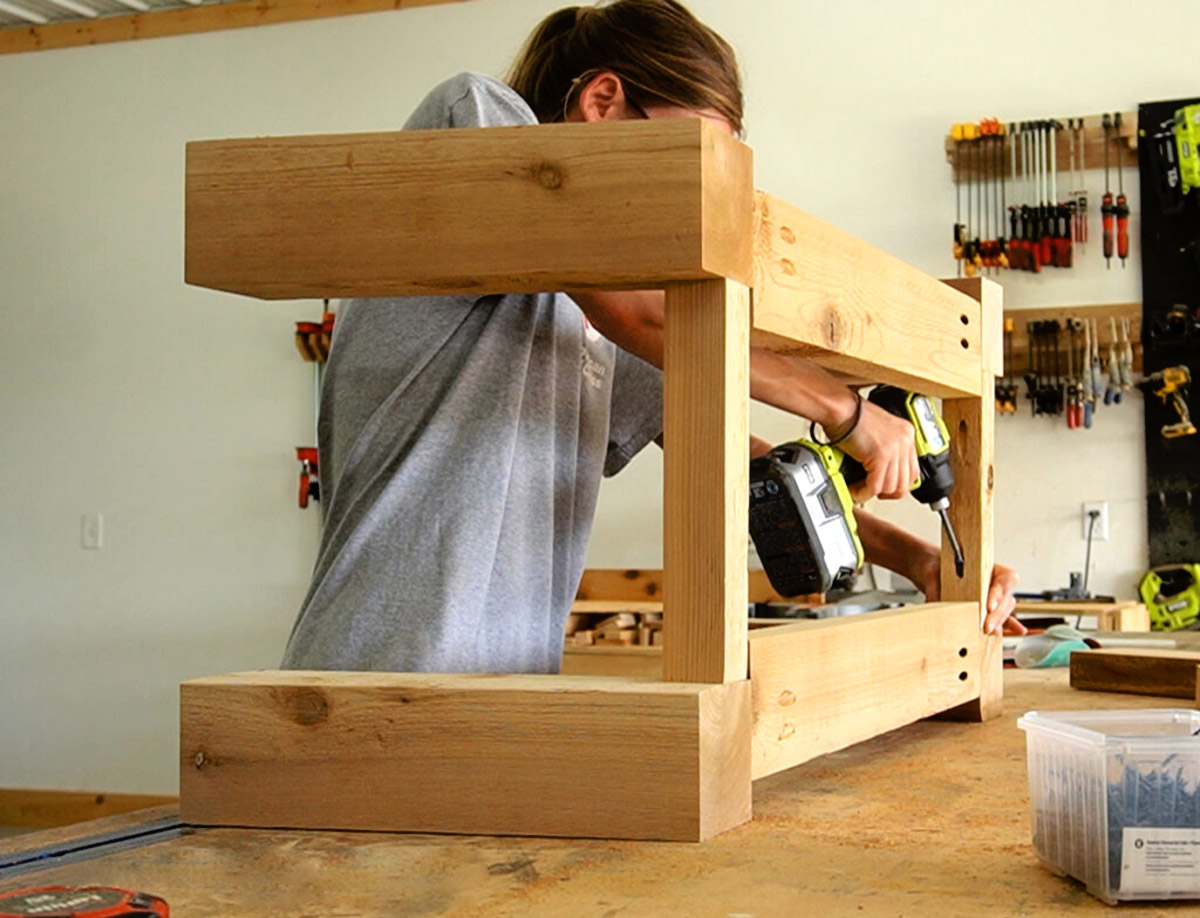
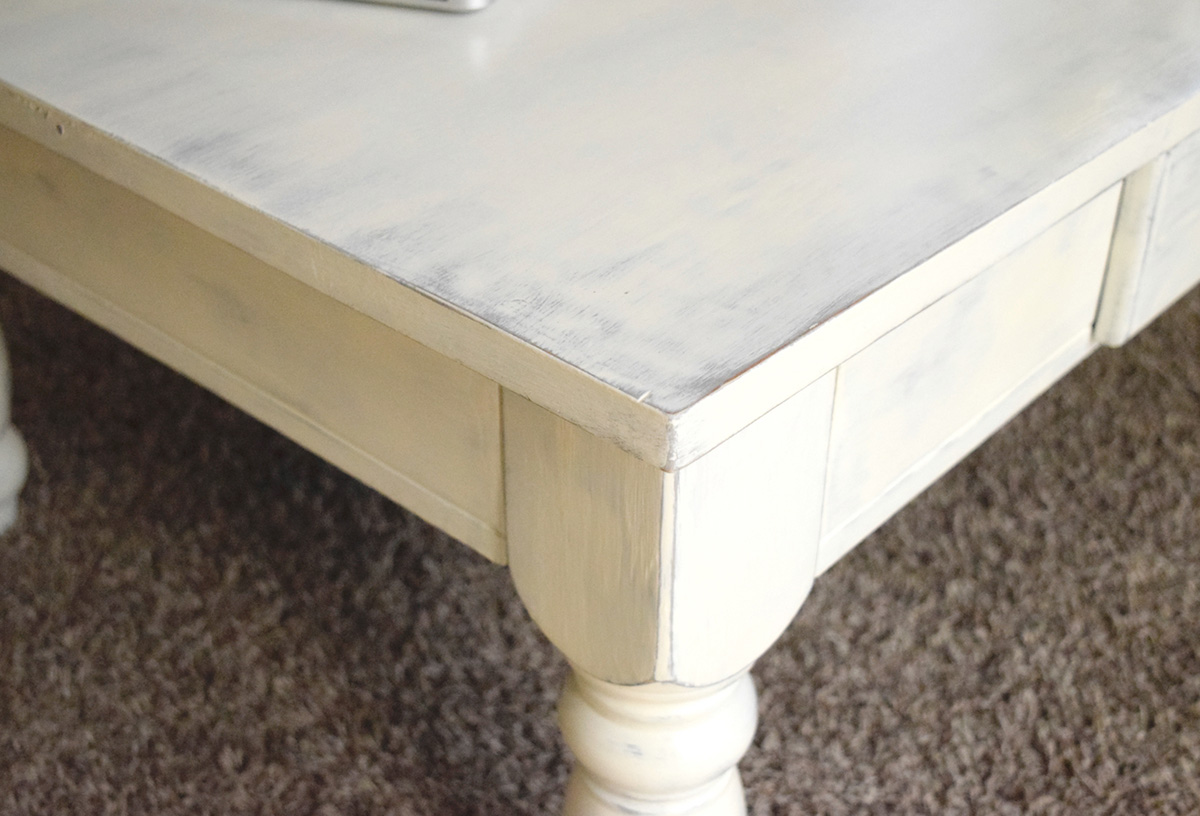
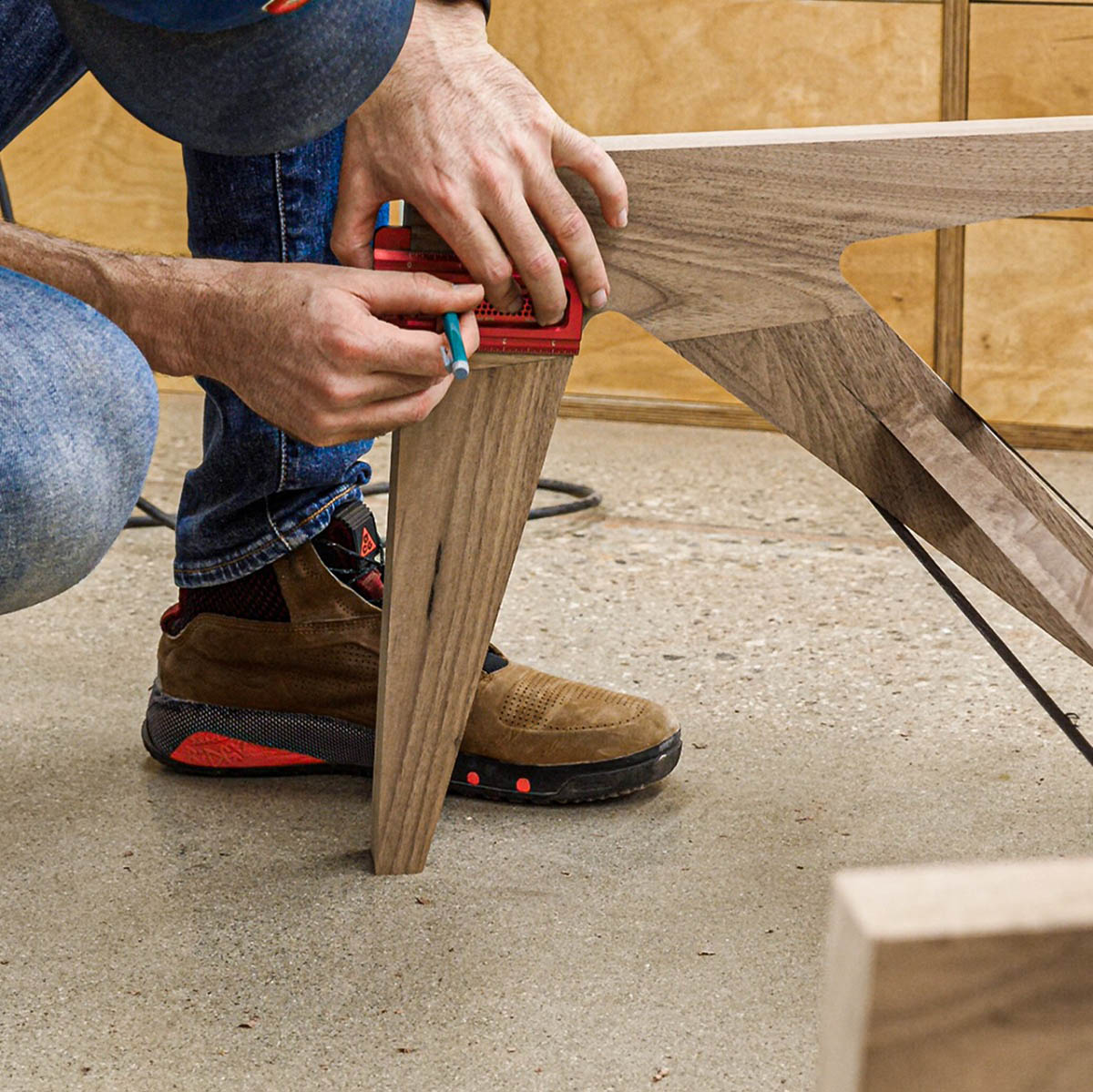

0 thoughts on “How To Baby Proof A Coffee Table”